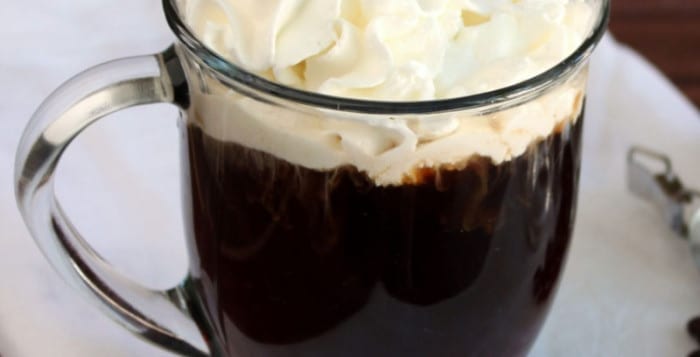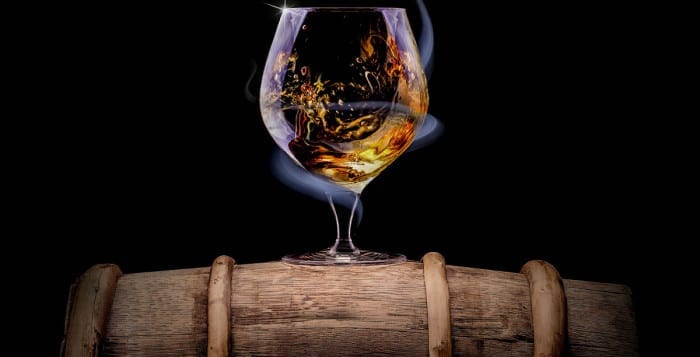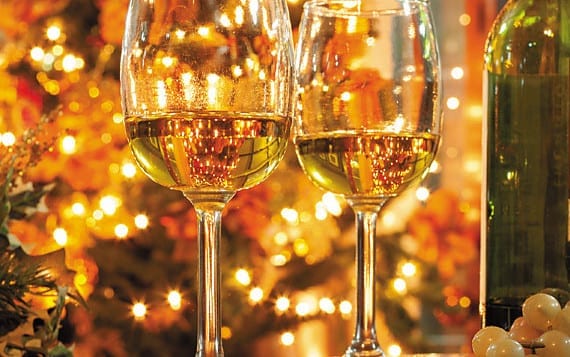By Bob Lipinski
Barbecues are great and so is watching baseball on Father’s Day. However, as the day heats up, I enjoy a libation that brings me peace of mind, helps me relax and makes MY day special. I’m talking about some California chardonnay and cabernet sauvignon, followed by a glass of cognac after dinner.
“The land itself chooses the crop that suits it best.” —Hugh Johnson
I recently had the opportunity to taste a few wines from the J. Lohr Winery in Monterey, California. Jerry “J” Lohr started the winery back in 1974 after a meticulous search of the Arroyo Seco region, an ideal site for grapes due to its long growing season. In 1986, Jerry purchased property in Paso Robles, a favored area for big full-bodied red wines.
The J. Lohr Winery has grown to approximately 3,700 acres of vineyards, where he grows chardonnay, cabernet sauvignon, pinot noir, petite sirah, merlot, sauvignon blanc, syrah, riesling, and Valdiguié grapes, among others. Below are my tasting notes:
2013 Arroyo Vista Chardonnay; Arroyo Seco, California:
Light golden colored with a bouquet full of baked apples, spices, butter and toasted hazelnuts. A creamy mouthfeel, along with vanilla, banana, coconut and citrus. Pairs well with fish or a chicken breast rolled in crushed pistachios.
2012 Fog’s Reach Pinot Noir; Arroyo Seco, California:
Fairly dark colored with hints of smoke, cocoa, black cherry and black raspberries. Medium bodied with a flavor of cola, dark fruit, jam and mint. Real easy to drink while grilling. Serve with farfalle and some grilled vegetables and hot peppers.
2013 Hilltop Cabernet Sauvignon, Paso Robles, California:
Deep, dark colored with a bouquet of cassis, black tea, violets and plums. Full-bodied, powerful with flavors of black raspberry, coffee and cocoa powder. It is tannic, but nevertheless, easy going down. The lingering aftertaste begs for another glass (or bottle). I served this beauty with a porterhouse steak, brushed with extra-virgin olive (after grilling).
The lingering aftertaste of the 2013 Hilltop Cabernet Sauvignon begs for another glass (or bottle).
2013 Tower Road, Petite Sirah, Paso Robles, California:
Inky black colored with a spicy bouquet and flavor of black pepper, blackberry, black cherry, plums and raisins. Full-bodied and intense, with overtones of herbs, tobacco and violets; a powerful aftertaste. I don’t assign numbers or points to a wine, but if I did, this Petite Sirah would easily score 90+ points. It’s that good!
Now, after those wonderful wines and perhaps dessert, a glass of cognac is certainly in order. Prunier VSOP Cognac from the “Grande Champagne” region of Cognac is amber colored with a delicate bouquet and flavor of orange, rose petals and pear. Very smooth finish and a lingering aftertaste. Prunier 20-year-old Cognac is amber colored with a captivating bouquet of prunes, raisins, cedar and orange blossoms. Warming in the mouth and is ultra-smooth; no burn! You will hear the violins play with a glass of Prunier.
Say hello to dad for me!
Bob Lipinski, a local author, has written 10 books, including “101: Everything You Need to Know About Vodka, Gin, Rum & Tequila” and “Italian Wine & Cheese Made Simple” (available on Amazon.com). He conducts training seminars on wine, spirits and food and is available for speaking engagements. He can be reached at www.boblipinski.com or [email protected].

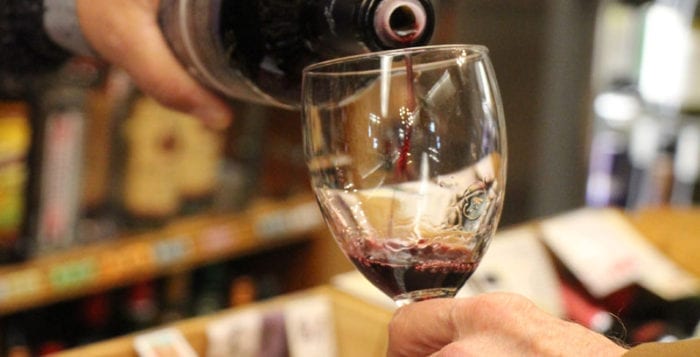
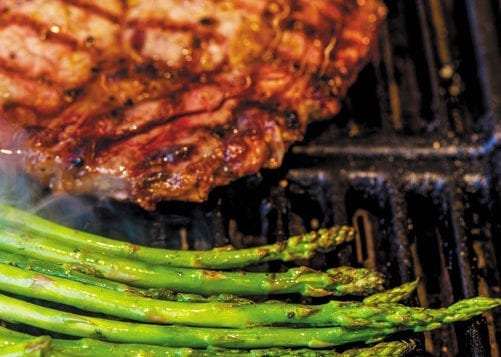
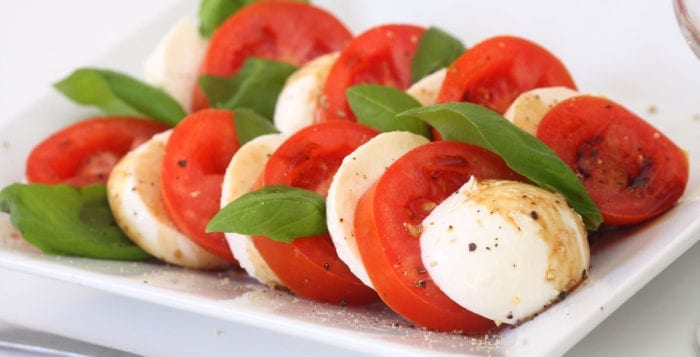
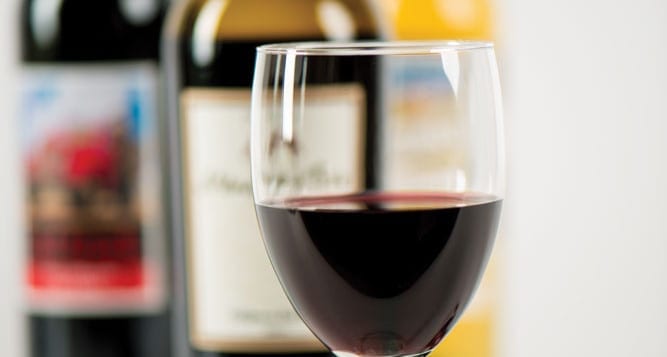
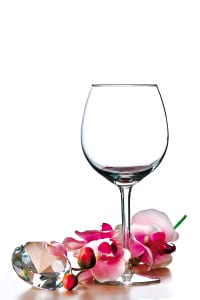 NV Ferrari Brut — Trento, Italy
NV Ferrari Brut — Trento, Italy